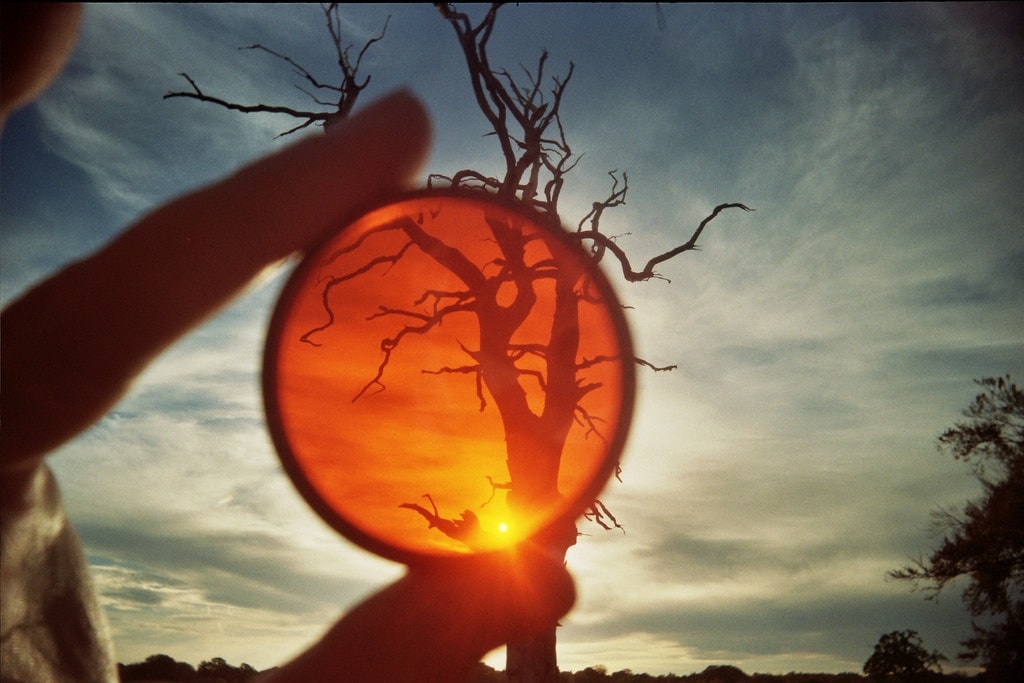The usefulness of polarizing filters is known only to those who have one, it is impossible to know its usefulness and not want to have one or two, if your photographic equipment still does not have one of these filters, you should read today’s article. I’ll give you an example of the usefulness of these little gossip.
That is precisely: a filter. It is placed at the end of the lens (intermediate between the scene that we are going to photograph and the lens glass), and is used mainly for 2 things:
Below are some examples to illustrate the power of polarizing filters.
In the following image, using a polarizing filter, we get rid of the annoying reflection of the sun in the car:
Another example of very frequent use of these filters is the sky, which comes out improved and with a much more intense blue color:
There are two types of polarizing filters: circular and square (also called linear). Circular filters are the most common, practical, and easy to find. They are attached to the lens by a cable and do not interfere at all. Even when we are in autofocus mode, the filter follows the movement of the part of the lens in charge of autofocus. Linear lines have the disadvantage of moving (falling?) Often with the autofocus movement.
There are polarizing filters of all brands and qualities, will you notice it in the wide price range? Although you do not have to go up to any of the 150 euros. A 52mm diameter HOYA polarizer could cost you around $ 20 on average and you can expect very good results. Ah, very important. Take a look at the diameter of your lens before purchasing any of these filters. Otherwise the lens may be too big / too small.
All this for today. You know, if you want to take outdoor photography seriously, you can’t go on without a good filter of these.
PS There are other types of filters, such as neutral density filters, protectors, or color filters. In the next article, I talk in more detail about all the types of filters available.

